Introduction
In an era of constant technological evolution, the Internet of Things (IoT) has emerged as a transformative force, seamlessly integrating the physical and digital worlds. This blog delves into the profound impact of IoT on daily life, exploring the innovations, conveniences, and shifts in our day-to-day experiences brought about by the interconnected web of smart devices.
Unraveling the IoT Landscape
1. Defining the Internet of Things (IoT)
The Internet of Things refers to the network of interconnected devices embedded with sensors, software, and connectivity, enabling them to collect and exchange data. From smart home devices to wearable tech, the IoT ecosystem encompasses a diverse range of applications.
2. The Proliferation of Smart Devices
The IoT has given rise to a proliferation of smart devices that permeate various aspects of our lives. Smartphones, smartwatches, smart thermostats, and more contribute to a connected environment where information flows seamlessly between devices.
IoT in the Home
3. Smart Home Automation
a. Intelligent Thermostats: Smart thermostats adapt to users’ preferences, learning and adjusting to optimize energy efficiency.
b. Smart Lighting Systems: Lighting systems can be controlled remotely, allowing users to customize ambiance, save energy, and enhance security.
4. Connected Kitchen Appliances
IoT-enabled kitchen appliances, such as smart refrigerators and ovens, bring convenience by allowing users to monitor and control them remotely. This connectivity enhances efficiency and supports a modern lifestyle.
IoT in Health and Wellness
5. Wearable Fitness Trackers
Wearable devices equipped with sensors track health metrics, monitor physical activity, and provide real-time insights into fitness levels. This technology empowers individuals to take a proactive approach to their health and well-being.
6. Remote Health Monitoring
IoT applications extend to remote health monitoring, where devices collect and transmit health data to healthcare professionals. This facilitates proactive healthcare management, especially for individuals with chronic conditions.
IoT in Transportation
7. Connected Vehicles
The automotive industry embraces IoT with connected vehicles that offer features such as real-time navigation, predictive maintenance alerts, and in-car entertainment systems. This connectivity enhances the overall driving experience.
8. Smart Traffic Management
Cities leverage IoT for smart traffic management systems that monitor traffic flow, optimize signal timings, and enhance overall transportation efficiency. This contributes to reduced congestion and improved urban mobility.
Challenges and Considerations
9. Security and Privacy Concerns
The interconnected nature of IoT raises security and privacy concerns. Safeguarding personal data and securing IoT devices against cyber threats are paramount considerations for both users and developers.
10. Interoperability and Standardization
The diversity of IoT devices from various manufacturers highlights the need for interoperability and standardization. Establishing common protocols ensures seamless communication between devices and a cohesive IoT ecosystem.
Future Trends and Innovations
11. Edge Computing for Faster Processing
Edge computing, where data is processed closer to the source rather than in centralized servers, is a growing trend in IoT. This approach reduces latency, enhances responsiveness, and supports real-time decision-making.
12. Integration of AI in IoT Systems
The integration of Artificial Intelligence (AI) enhances IoT capabilities. AI algorithms analyze vast amounts of data generated by IoT devices, providing valuable insights, predictions, and personalized user experiences.
Conclusion
The impact of IoT on daily life is not confined to isolated instances; it’s a pervasive force that weaves connectivity into the fabric of our existence. From the moment we wake up to the way we navigate our day, IoT touches various aspects, making our lives more convenient, efficient, and interconnected.
As we navigate the IoT-driven landscape, it’s essential to embrace the benefits while addressing challenges. Striking a balance between innovation, security, and privacy ensures that the connected revolution enhances our daily experiences, contributing to a future where the Internet of Things continues to shape the way we live, work, and interact with the world around us.

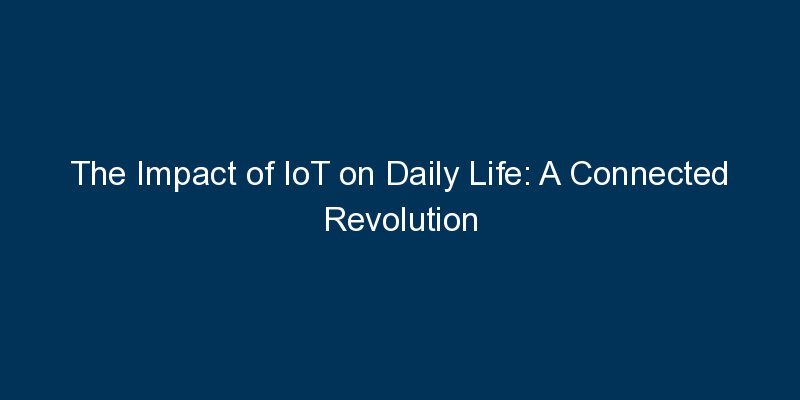

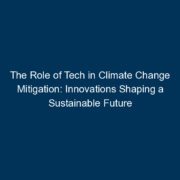
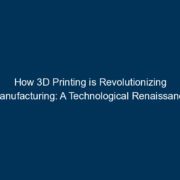
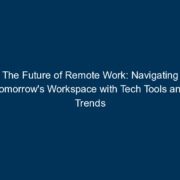

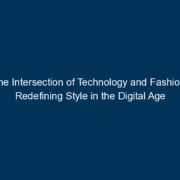









Comments